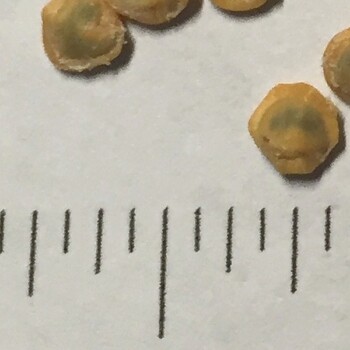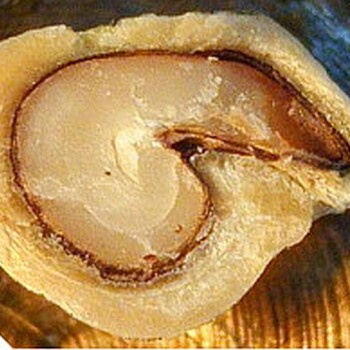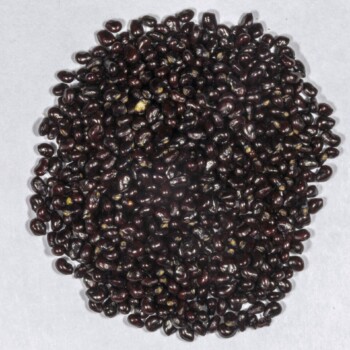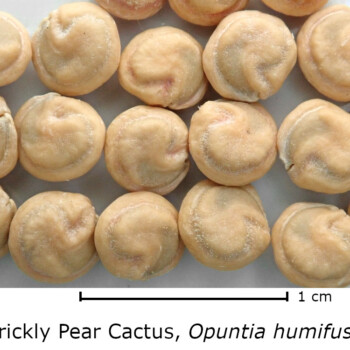Introduction
Opuntia seeds are small and dark, shiny, and small like most cactus seeds. They might be 2 mm across. But that is not what you seed because seeds are surrounded by a hard, bony aril.
The Details
Opuntia seeds are different from the seeds of ball and barrel cacti. They have a hard, bony, water-impenetrable coating that is typically yellowish-brown. This cover might be kidney-shaped, round, or irregularly variable. The cover has a flange that can be 1-4 mm. This gives the seeds a flying saucer appearance.
The water-impenetrable coating causes delayed germination, probably because it prevents water from reaching the real seed buried inside. When Opuntia seeds fall to the ground they don’t germinate right away even if there is rain. They age in the soil and microbes and time break down the seed coating. In a year or even 10 years, the seeds may germinate.
Opuntia seeds can last many years in the soil building up their numbers. The collection of seeds in the soil is called a seed bank. The seeds may eventually germinate long after the original monther plant is gone. The mechanism is a way to ensure the longevity of a population if an animal eats the mother plant or a filre destroys it.
More Reading: Seed Germination in Opuntia Streptacantha




